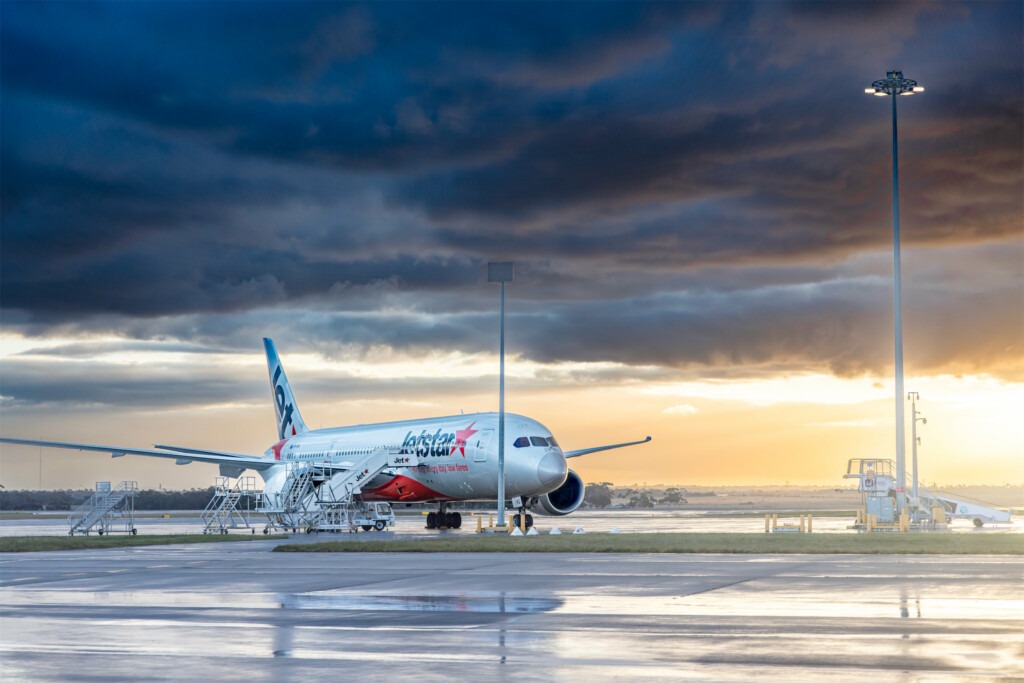
Understanding the Australian Aviation Training Framework: Key Terms and Definitions
In the realm of Australian aviation training, there exists a myriad of acronyms and terminologies that professionals, trainees, and stakeholders need to be familiar with. These terms outline the standards, regulations, and entities that govern the sector and ensure its seamless functioning.
Whether you are an aspiring aviation professional, an educator in the field, or someone simply looking to understand the intricacies of aviation training in Australia, this article serves as a concise glossary of definitions that will aid in navigating this vast sector. From licensing requirements set by CASA to qualifications outlined by the AQF, here’s a comprehensive look at the essential terms and their meanings.
AMC
Acceptable Means of Compliance. This is material issued by CASA which outlines how requirements relating to licencing, approvals, authorisations amongst other regulations can be met. Note that there is no regulatory requirement to specifically follow the GM and AMC. Rather, they are useful resources to give examples of how the regulations can be followed.
(Reference: https://www.casa.gov.au/search-centre/acceptable-means-compliance-and-guidance-material)
ASQA
Australian Skills Quality Authority. This is the national regulator for the vocational education (VET) and training sector.
(Reference: https://www.asqa.gov.au/)
AQF
Australian Qualifications Framework. This is the national policy for regulated qualifications in Australian education and training. It outlines the different levels of higher education qualifications, including the skills and knowledge expected at each level (e.g. Certificate IV or Diploma).
(Reference: https://www.aqf.edu.au/framework/australian-qualifications-framework)
CAR
Civil Aviation Regulations. These are the older of two current sets of regulations, published in 1988, which outline the standards with which aviation operations must comply. These regulations remain in force as of 2023.
(Reference: https://www.legislation.gov.au/Details/F2021C01179)
CASA
Civil Aviation Safety Authority. The governing body for all national aviation related rules and regulations in Australia. CASA may be referred to as Australia’s ‘National Aviation Authority (NAA)’ or ‘Civil Aviation Authority’.
(Reference: https://www.casa.gov.au/)
CASR
Civil Aviation Safety Regulations. This is the newer of two current sets of regulations, published in 1998, which outline the standards with which aviation operations must comply. These regulations remain in force as of 2023.
(Reference: https://www.legislation.gov.au/Details/F2023C00499)
GM
Guidance Material. This is directly related to, and coupled with, the ACM (Acceptable Means of Compliance).
(Reference: https://www.casa.gov.au/search-centre/acceptable-means-compliance-and-guidance-material)
MEA
See UOC (Unit of Competency) below. The common Aeroskills UOCs have the “MEA” designator, which has led to the widely used (though incorrect) use of the term “MEA”, when actually referring to a UOC.
MOS
Manual Of Standards. Each part of the CASR has an accompanying MOS, which sets out the “detailed standards and technical requirements which must be followed like the law”.
(Reference: https://www.casa.gov.au/search-centre/manuals-standards)
Common references to the MOS in this FAQ will be made to Part 66 (Licencing Requirements) and Part 147 (Maintenance Training Requirements).
MTO
Maintenance Training Organisation. This is a Registered Training Organisation (RTO) which is approved, under CASR Part 147, to deliver maintenance training.
(Reference: Part 66 MOS, Page 3)
RTO
Registered Training Organisation. A training organisation, approved by ASQA, which delivers nationally recognised training in the VET sector.
(Reference: https://www.asqa.gov.au/rtos/what-is-an-rto)
ROR
Record of Results. This outlines any official results a student has obtained in training. A record of results does not necessarily equate to a qualification or unit of competency. It simply states what assessments have been completed. This may include UOC assessments or CASA Modular examinations.
(Reference: https://www.asqa.gov.au/rto/responsibilities/qualifications-and-statements-attainment)
SOA
Statement of Attainment. This is a statement issued to a learner, typically when they have fully completed a number of units of competency which may, or may not, amount to a full qualification.
It may, or may not, be issued when a student is leaving an RTO to continue studies elsewhere, or if the student was only seeking certain UOCs for a particular reason.
(Reference: https://www.aqf.edu.au/help-qualifications/certification-individuals)
TRAINING PACKAGE
A group of Units of Competency together form a Training Package. Common Aeroskills training packages include the Certificate IV of Aeroskills and Diploma of Aeroskills.
(Reference: https://www.asqa.gov.au/about/vet-sector/training-packages)
UOC
Unit of Competency. This is a standalone “unit” of a training package as administered under ASQA. Typically, multiple UOCs together will form part of a “training package”. The common Aeroskills UOCs have the “MEA” designator.
VET
Vocational Education and Training. This sector of education specialises in practical skills directly relevant to particular jobs (e.g., Aircraft Maintenance Engineer). Typical qualifications achieved through the VET sector include Certificates and Diplomas.
(Reference: https://www.qld.gov.au/education/further-ed/vet)
